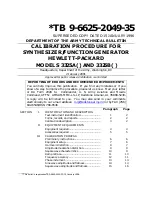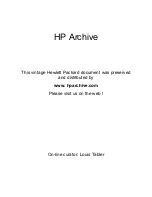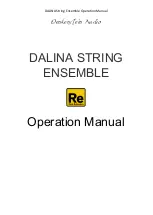
26 Effects
Sequential
Attack:
Sets the attack time of the envelope. The higher the setting, the
slower the attack time and the longer it takes for a sound to reach its full
volume. Pads typically have softer (longer) attacks. Percussive sounds
have sharper (shorter) attacks.
Decay:
Sets the decay time of the envelope. After a sound reaches its full
volume at its attack stage,
decay
controls how quickly the sound transi-
tions to the level set with the
sustain
control. The higher the setting, the
longer the decay. Percussive sounds, such as synth bass, typically have
shorter decays.
Sustain:
Sets the sustain level of the envelope. The higher the setting,
the louder the sustained portion of the sound will be. The sound will stay
at this level for as long as a note is held on the keyboard.
Release:
Sets the release time of the envelope. This controls how
quickly a sound dies out after a note is released.
To recreate the “gated VCA” effect used on certain classic rock anthems,
choose an organ sound, then set the
vca
env
amount to zero, route the LFO square
wave to
amp
with an
initial
amt
setting of 100% and hold a few chords.
Velocity:
This button enables keyboard velocity to modulate the VCA
Envelope Amount. The harder you play, the more the VCA envelope is
affected. This makes for more touch-sensitive sounds.
Effects
The Trigon-6
effects
section allows you to add up to two, 24-bit, 48 kHz
digital effects to any sound. Though the Trigon-6 sounds great on its own,
adding a touch of reverb or delay can enhance many sounds with a subtle
(or not so subtle) sense of ambience and depth. Other effects such as the
chorus and phaser are useful for adding more conspicuous tonal enhance-
ment as well as emulating classic instruments such as string ensembles
and so on.
The effects path is fully digital, even with only a single effect active. The
on
/
off
switch enables and disables both Effect A and Effect B, using a
true bypass, ensuring a pure analog signal path with effects off.














































